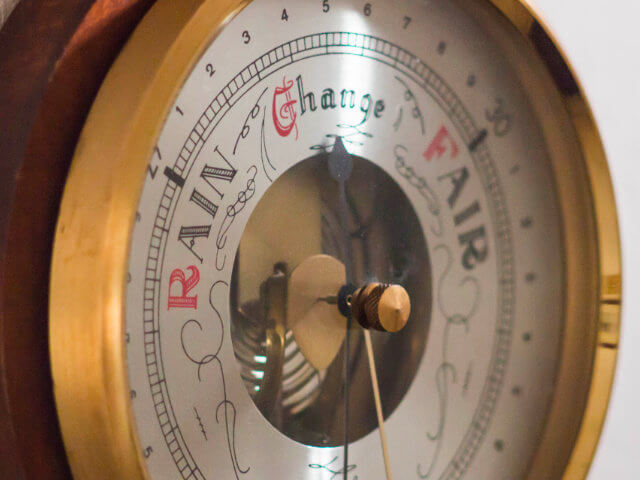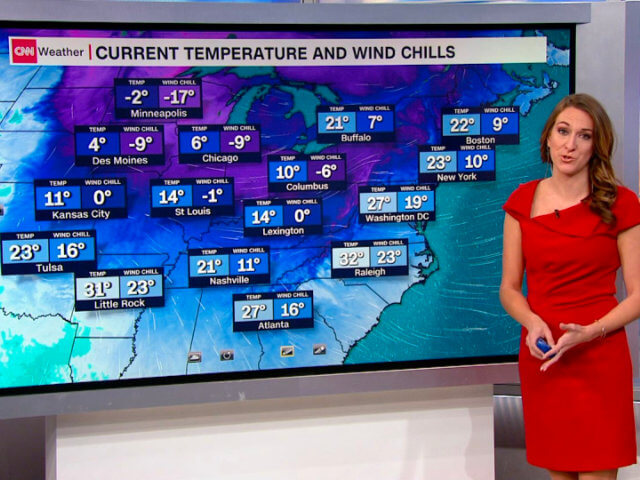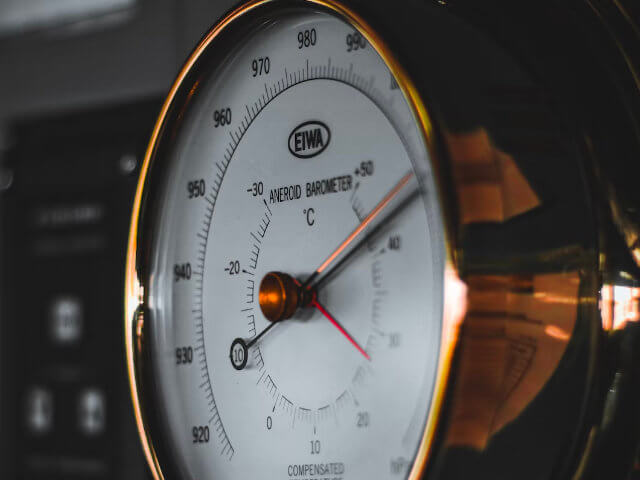Barometer
A barometer is a device that measures atmospheric pressure. This pressure is the force from Earth's air on the ground.
Barometers have many uses, like forecasting the weather, helping planes know how high they are, and watching the air pressure when scuba diving.
Remember, changes in air pressure can affect your body. Quick changes might lead to side effects, especially for people with certain health conditions.
The amount of pressure at a place can change because of things like temperature, humidity, and especially elevation.

For example, cities at high altitudes, like Quito in Ecuador and Thimphu in Bhutan, experience significantly lower atmospheric pressure compared to sea-level locations. Conversely, coastal cities like Oslo in Norway are at sea level and their pressure readings are a baseline often used for comparison, though daily weather systems cause fluctuations everywhere.
There are two main kinds of barometers: mercury and aneroid. Mercury ones use a glass tube with mercury, while aneroid ones have a sealed box with a bendy metal top.
What is a barometer?
A barometer is a tool that tells you how hard the air is pushing on things. The air is made of tiny invisible particles that are always moving and bumping into each other and everything else.
Sometimes the air particles are more crowded and push harder, and sometimes they are more spread out and push less. The weather and the height of the place can change how crowded the air particles are.
A barometer can help you know what the weather will be like, or how high you are above the sea level.

Inside the barometer
A barometer has a special liquid or a metal box inside it that can change its shape or size depending on how hard the air is pushing on it.
The liquid or the box is connected to a needle or a number that shows you how much the air pressure is.
The air pressure is measured in different units, such as millibars, inches of mercury, or pascals. The higher the number, the higher the pressure. The lower the number, the lower the pressure.
Weather forecast
A barometer can tell you if it will rain or be sunny, because when the air pressure is high, it means the air particles are more crowded and they push away the clouds and make the sky clear.

When the air pressure is low, it means the air particles are more spread out and they let the clouds come in and make it rainy or stormy.
A barometer can also tell you how high you are above the sea level, because when you go up a mountain or a hill, the air particles are less crowded and they push less. When you go down to the sea level, the air particles are more crowded and they push more.
Who invented the barometer?
The barometer was created by an Italian scientist named Evangelista Torricelli in 1643. He figured out a way to measure the pressure of the air using a tube filled with liquid mercury. Torricelli learned from Galileo and was pals with Cavalieri. He also did important work in optics and math.
How accurate are barometers?
The accuracy of barometers depends on their type, quality, and calibration. Experts say that for precise measurements, the Fortin barometer, a type of mercury barometer, is commonly used.
It can give readings that are accurate within a range of ± 0.03 to ± 0.001% of the maximum measurement. However, everyday use of mercury barometers isn't practical because they are big, delicate, and contain toxic mercury.

Aneroid barometers
Aneroid barometers, on the other hand, are more portable and convenient. They use a metal capsule that expands or contracts with pressure changes.
But they can be less accurate due to temperature shifts, mechanical issues, or aging. To stay accurate, aneroid barometers need regular calibration.
Digital barometers
Digital barometers, which use electronic sensors, are highly accurate and fast. They don't have the drawbacks of mercury or aneroid types, but they rely on batteries and also need calibration.
Digital barometers can display detailed weather data and come with extra features like altimeters and thermometers.